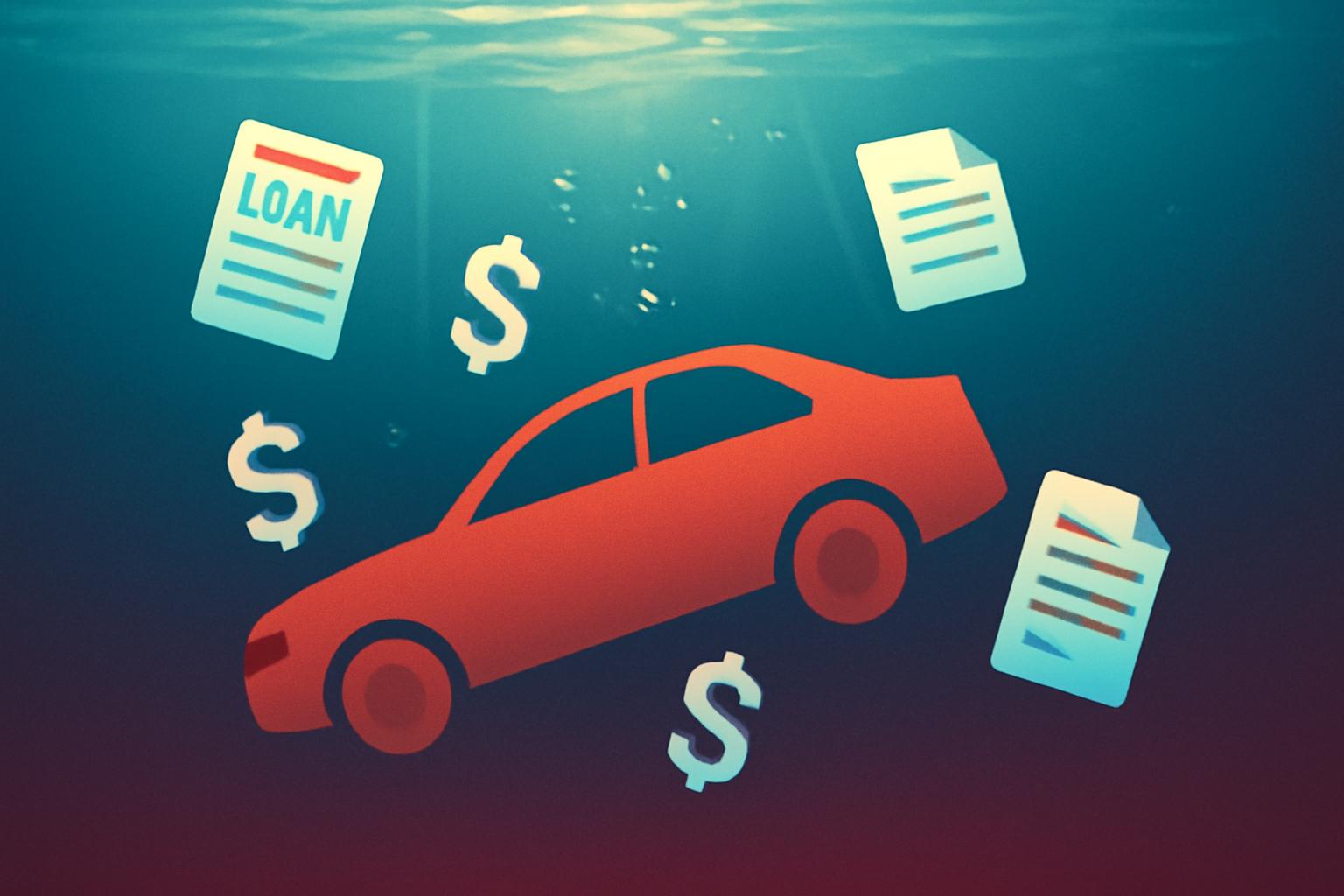Underwater Auto Loans Reach Four-Year Peak, Affecting New Vehicle Buyers
More drivers in the U.S. are trading in vehicles with negative equity—owing more on their auto loans than the vehicles’ current market value—posing challenges when purchasing new cars. According to Edmunds, 26.6% of trade-ins in the second quarter of 2025 were underwater, marking the highest level since early 2021 when 31.9% were underwater.
The average amount owed on these upside-down loans stood at $6,754 in Q2, a marginal decline from $6,880 in the previous quarter. Ivan Drury, director of insights at Edmunds, described this figure as “staggering.”
Contributing Factors to Negative Equity
Negative equity is common in auto financing due to vehicle depreciation occurring immediately after purchase. Brian Moody, senior staff writer at Autotrader and Kelley Blue Book, explains that decisions such as small down payments and longer loan terms exacerbate this issue.
Edmunds data shows a growing prevalence of 84-month auto loans, which accounted for 21.6% of new loans in Q2 2025, up from 19.2% in the previous quarter. Meanwhile, 72-month loans declined to 36.1% from 38.6%. Drury notes that while lengthening loan terms can reduce monthly payments, it increases the risk of being underwater.
Financial Implications and Risks
Negative equity becomes problematic when owners seek to trade in or sell their vehicles, as they must either pay the difference in cash or roll it into a new loan, increasing overall debt. Additionally, if a vehicle is totaled, insurance companies typically pay only the vehicle’s actual cash value, leaving owners responsible for any remaining loan balance.
Strategies for Buyers Facing Negative Equity
Experts advise retaining the current vehicle if possible to avoid compounding debt. For those needing a new car, researching financing options in advance is critical. Drury recommends understanding one’s credit score and securing pre-approval from multiple lenders to obtain favorable loan terms.
When rolling negative equity into a new loan, buyers should inquire about guaranteed asset protection (GAP) insurance, which covers the gap between a vehicle’s worth and the outstanding loan balance if the car is totaled. According to the Insurance Information Institute, GAP insurance typically adds about $20 annually to collision and comprehensive coverage premiums.
Being informed about these factors can help consumers navigate the complexities of auto financing amid rising underwater loan levels.
FinOracleAI — Market View
The rising incidence of underwater auto loans signals increased financial strain on consumers engaging in vehicle trade-ins. This trend may dampen new car sales growth as buyers face higher upfront costs or extended loan terms. Auto lenders could experience higher credit risk, particularly if negative equity leads to defaults. Monitoring shifts in loan term lengths, interest rates, and consumer credit profiles will be crucial to assess ongoing impacts.
Impact: negative













